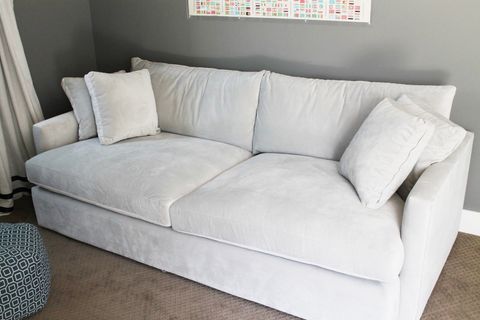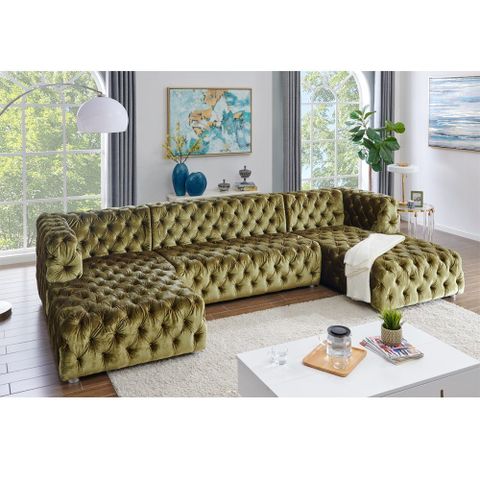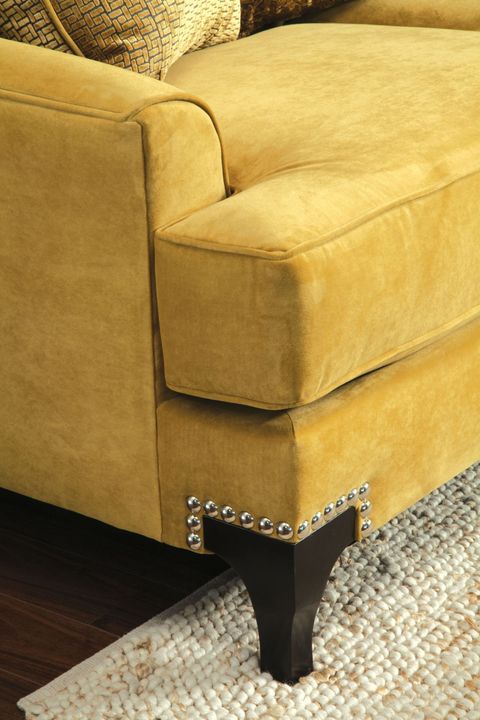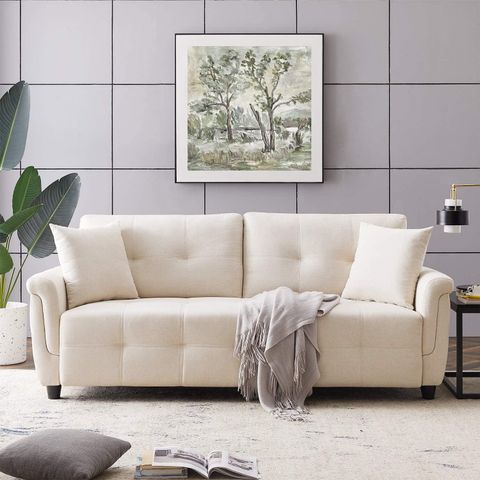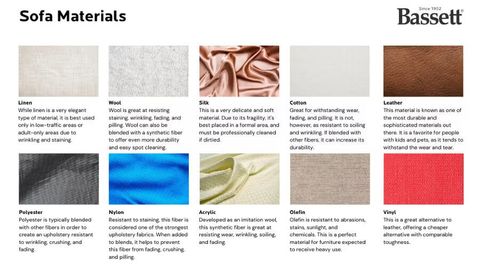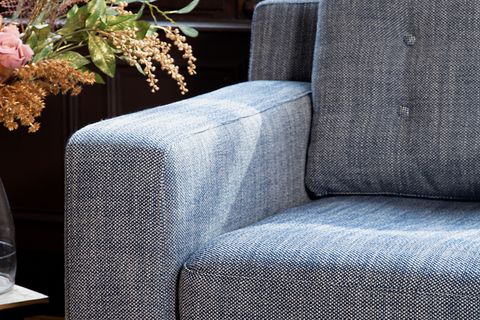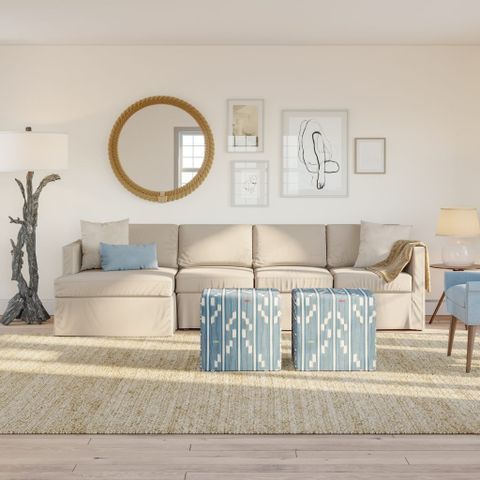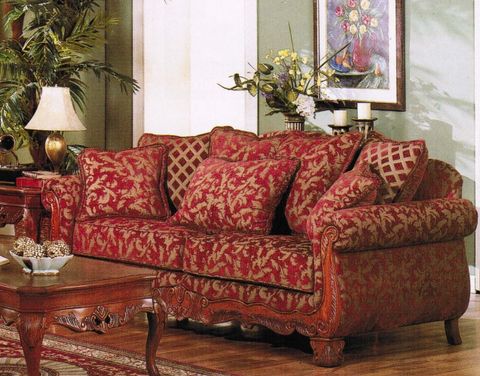Welcome, everyone. I’m thrilled to be here with you to delve into a topic that’s close to my heart: sustainable fabrics for your home. We’re all seeking ways to live a greener, more responsible lifestyle, and our homes are an excellent place to begin. This isn’t just about trends; it’s about making informed choices that benefit both your family and the planet. So, let’s get started.
This comprehensive guide will equip you with the knowledge to navigate the world of eco-friendly textiles, transforming your living spaces into havens of comfort and sustainability. We’ll break down the materials, explore their benefits, and give you practical tips for making smart choices. Ready to make a difference, one thread at a time?
In a world increasingly conscious of its environmental impact, the materials we choose for our homes play a crucial role. From the textiles that adorn our furniture to the bedding we snuggle into, our fabric choices impact the planet. Traditional fabrics often involve harmful chemicals, resource-intensive processes, and contribute to waste. Sustainable fabrics, on the other hand, offer a pathway to a more eco-friendly lifestyle. They prioritize environmental responsibility, ethical production, and the well-being of both people and the planet. Choosing sustainable fabrics isn’t just a trend; it’s a commitment to a better future, one that values both style and sustainability.
Understanding Sustainable Fabric Certifications
Before you begin, it’s important to understand the certifications that validate a fabric’s sustainability claims. Look for these:
- GOTS (Global Organic Textile Standard): This is the gold standard for organic textile production, ensuring that the entire process, from harvesting raw materials to manufacturing, is environmentally and socially responsible. It covers everything from the use of organic fibers to the avoidance of toxic chemicals.
- OEKO-TEX Standard 100: This certification assures that a fabric has been tested for harmful substances, ensuring it’s safe for human use. It focuses on the absence of chemicals like formaldehyde, heavy metals, and pesticides.
- Fair Trade Certified: This certification ensures that farmers and workers involved in the production of the fabric are treated ethically, receiving fair wages and safe working conditions. It’s a fantastic way to support social responsibility.
- Recycled Claim Standard (RCS) and Global Recycled Standard (GRS): These standards are used to verify the recycled content of a product, ensuring transparency and traceability in the supply chain. They guarantee that the materials used are truly recycled and help to reduce waste.
Exploring the Most Popular Sustainable Fabric Options
Now, let’s dive into the star players of the sustainable fabric world:
- Organic Cotton: Grown without pesticides, synthetic fertilizers, or genetic modification, organic cotton reduces environmental impact and is softer on your skin. It’s a great choice for bedding, towels, and upholstery.
- Example: Consider organic cotton sheets for a luxurious and eco-friendly sleep experience, or organic cotton curtains for your living room.
- Linen: Made from flax plants, linen requires less water and fewer pesticides than cotton. It’s strong, durable, and gets softer with each wash. Linen is perfect for bedding, curtains, and table linens.
- Example: A linen duvet cover adds a touch of elegance while supporting sustainable practices.
- Hemp: A fast-growing plant that requires minimal water, hemp is incredibly strong and durable. It’s naturally resistant to mold and mildew, making it a great choice for a variety of uses. Hemp is increasingly used for upholstery, curtains, and even rugs.
- Example: Hemp throw pillows can add texture and sustainability to your sofa.
- Tencel/Lyocell: Derived from sustainably sourced wood pulp (usually eucalyptus), Tencel and Lyocell are known for their soft, silky feel and low environmental impact. They’re ideal for bedding, clothing, and even some upholstery fabrics.
- Example: Tencel sheets offer a luxurious, eco-friendly alternative to traditional fabrics.
- Recycled Fabrics: These fabrics use pre-consumer or post-consumer waste to create new textiles. Options include recycled cotton, polyester, and nylon. They help reduce waste and conserve resources.
- Example: Recycled polyester upholstery fabric can give a new life to your furniture and reduce your carbon footprint.
Practical Tips for Choosing Sustainable Fabrics
Navigating the world of sustainable fabrics can seem a bit overwhelming at first, but with a few simple guidelines, you’ll be well on your way to making informed choices:
- Read Labels Carefully: Always check the fabric content and any certifications. Look for GOTS, OEKO-TEX, Fair Trade, or other reputable certifications.
- Consider the Source: Where is the fabric made? Supporting local and ethical production can reduce the environmental impact of transportation and manufacturing.
- Prioritize Durability: Choosing durable fabrics will extend the life of your items, reducing the need for replacements and minimizing waste.
- Think About Care: Select fabrics that are easy to care for, as this also extends their lifespan. Consider washing instructions and the environmental impact of the cleaning products you use.
- Embrace Natural Colors and Dyes: Fabrics that are dyed with natural, low-impact dyes are a better choice than those using synthetic dyes. Look for undyed or naturally colored options whenever possible.
- Do Your Research: Before you buy, research the brand and its commitment to sustainability. Look for transparency in their supply chain and environmental initiatives.
Beyond the Basics: Sustainable Fabrics and Your Home
Sustainable fabrics can transform various areas of your home, offering style and environmental benefits. Here are some ideas:
- Bedroom: Organic cotton or Tencel sheets, linen duvet covers, and organic wool blankets create a comfortable and eco-friendly sleep sanctuary.
- Living Room: Consider hemp or recycled polyester upholstery for your sofa, and add organic cotton throw pillows and blankets.
- Bathroom: Opt for organic cotton towels and bath mats, and consider a bamboo bath mat for added sustainability.
- Kitchen: Choose linen or organic cotton kitchen towels and aprons, and consider organic cotton tablecloths.
Addressing Common Misconceptions
There are a few misconceptions about sustainable fabrics that I want to address:
- “Sustainable fabrics are always expensive.” While some sustainable fabrics may have a higher initial cost, they often have a longer lifespan, making them a good investment in the long run. Plus, the cost is coming down as demand increases.
- “Sustainable fabrics are not as stylish.” This is simply not true. Sustainable fabrics are available in a wide variety of styles, colors, and textures, from elegant linen to modern hemp blends.
- “Sustainable fabrics are hard to find.” The availability of sustainable fabrics is increasing rapidly. You can find them online, in specialty stores, and even in some mainstream retailers. Doing some research will really open up your options.
- “Sustainable fabrics don’t perform as well.” Many sustainable fabrics are just as durable and functional as conventional options. Linen, for example, is known for its strength and longevity.
The Future of Sustainable Fabrics
The future of sustainable fabrics is bright. We are witnessing exciting innovations in textile production, including:
- New Materials: Scientists are developing innovative fabrics from materials like pineapple leaves (Piñatex), mushroom leather, and even algae.
- Closed-Loop Systems: Brands are working on closed-loop systems, where fabrics are designed to be recycled and reused, minimizing waste.
- Improved Dyeing Processes: Companies are exploring more eco-friendly dyeing methods, such as using natural dyes and reducing water consumption.
- Increased Transparency: Consumers are demanding greater transparency in the supply chain, which is driving brands to be more open about their practices.
As demand for sustainable fabrics grows, we can expect even more innovation and a wider range of options, making it easier than ever to create a stylish, eco-conscious home.
Choosing sustainable fabrics for your home is a powerful step towards a more environmentally conscious lifestyle. It’s about making informed decisions that reflect your values and contribute to a healthier planet. By understanding the materials, certifications, and practical tips we’ve discussed, you can create a home that is both beautiful and sustainable. Remember, every choice matters. Take the time to consider your options, and embrace the power of eco-friendly textiles. You’re not just decorating your home; you’re contributing to a better future. Start now, and be proud of the positive impact you are making.

